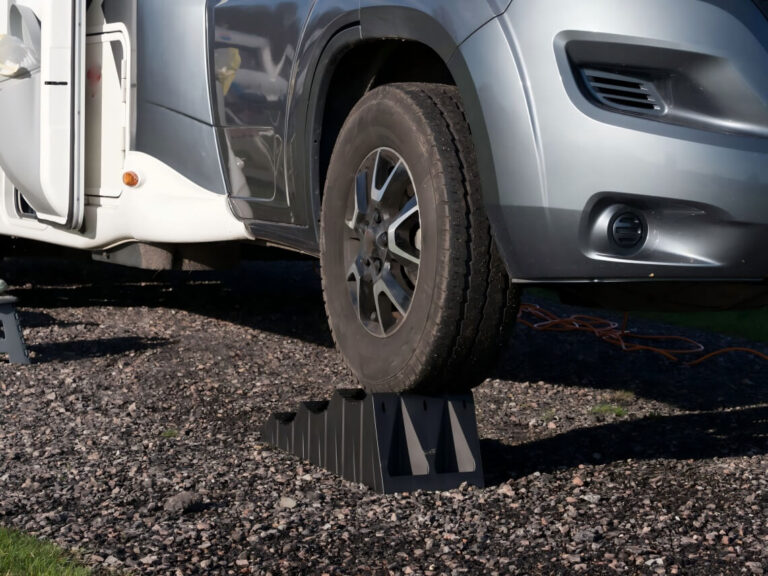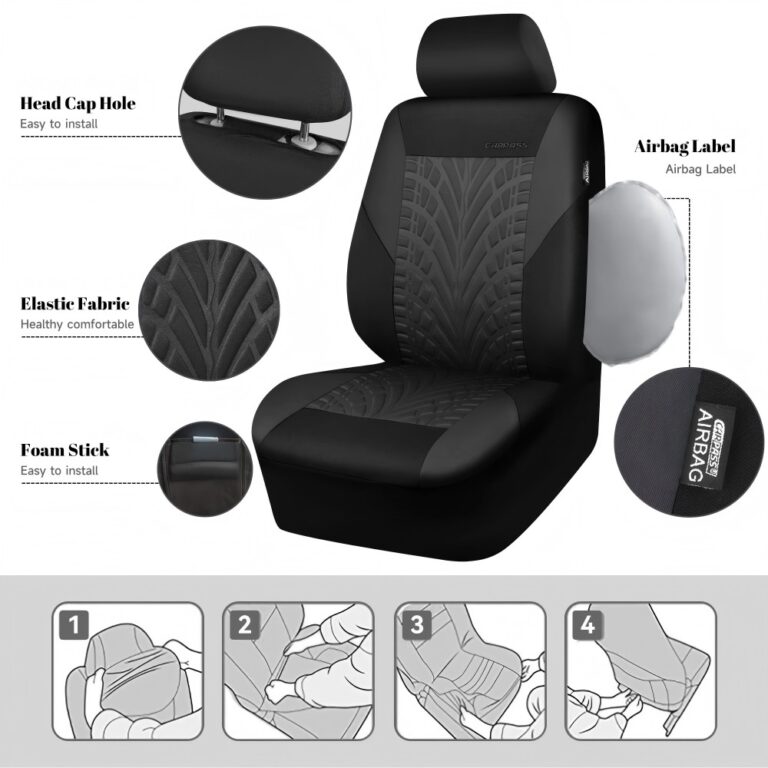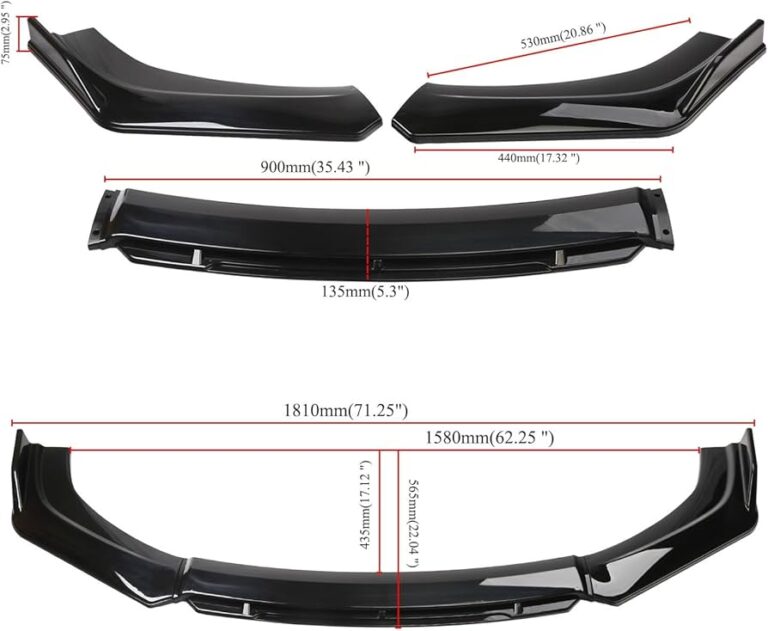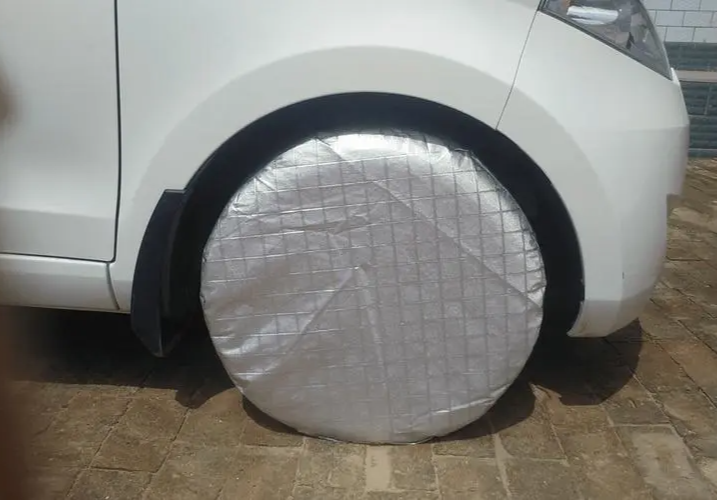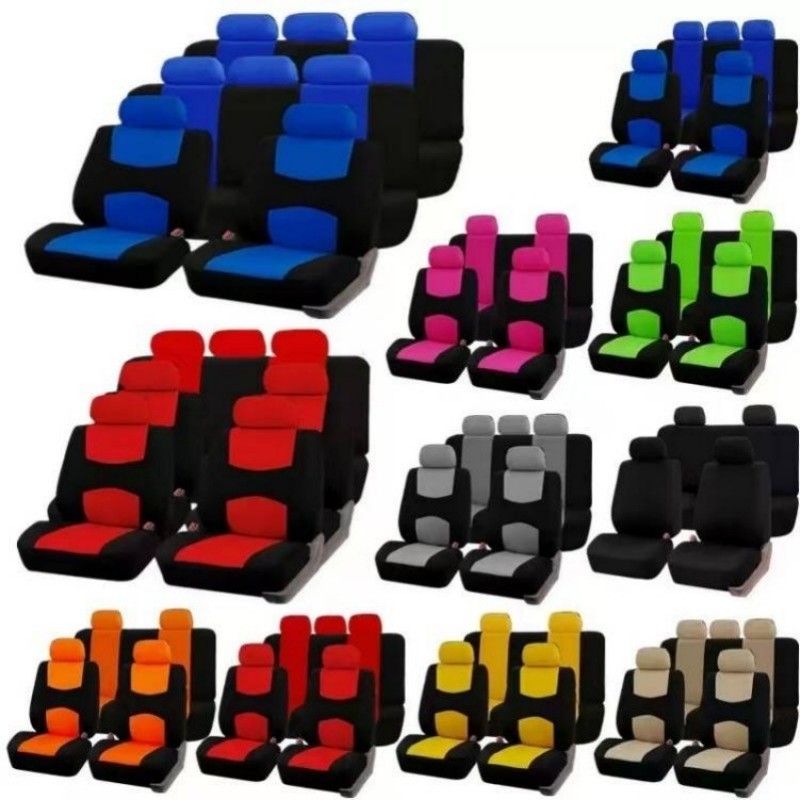-
Xingming Road, Yanyuan, Xingtan, Shunde, Foshan, Guangdong
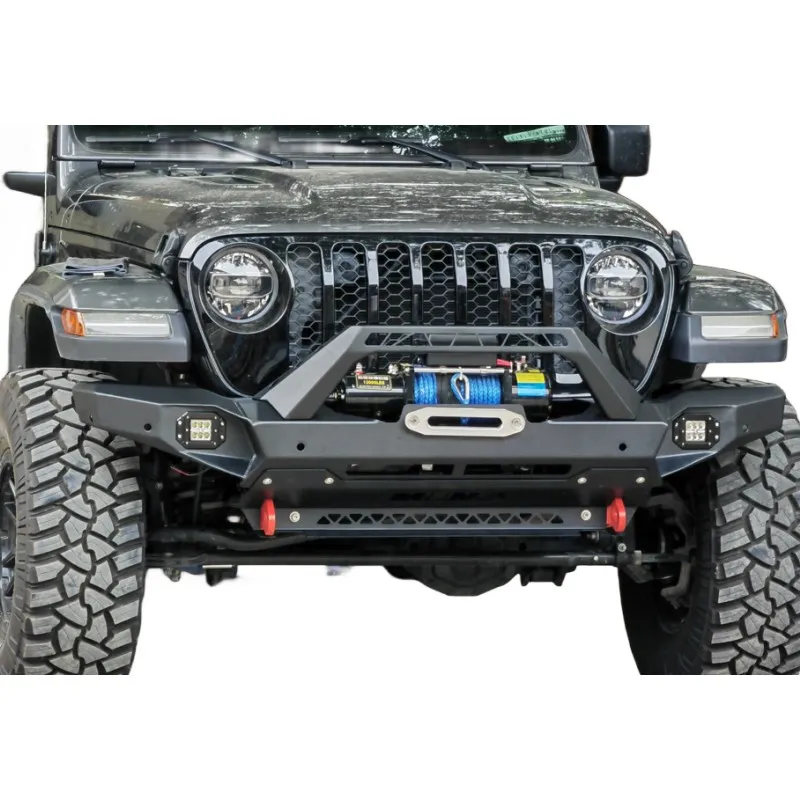
From Steel to Sensors: How Car Bumpers Transformed Safety
Résumé :
Car bumpers, once regarded as simple anti-collision beams, have quietly evolved into a complex system that integrates safety, aesthetics, aerodynamics and future technology. This article reveals how bumpers have evolved from passive protection “shields” to active protection “smart pioneers” through six core dimensions: safety function evolution, material revolution, aerodynamic optimization, pedestrian protection mechanism, lightweight contribution and intelligent future. Every material innovation and structural optimization has profoundly promoted the expansion of the boundaries of automobile safety, performance and design.
In the public’s perception, pare-chocs de voiture are often regarded as simple “anti-collision beams” at the front and rear of the car body. However, this seemingly ordinary component is actually the crystallization of automotive engineering wisdom, and its evolution history can be called a miniature history of automobile safety and technology development. From the early bulky metal shields to today’s composite systems that integrate multiple functions, bumpers have quietly shouldered a heavy responsibility far beyond their name.
I. Safety core: the transformation from rigid protection to intelligent buffering
Early metal bumpers used rigidity to resist impact. Although they could resist minor scratches, they often transferred huge energy to the frame in high-speed collisions, threatening the safety of passengers. The essence of the modern bumper system lies in its buffering mechanism. The plastic cover and the internal energy-absorbing structure (such as foam, honeycomb material or deformable bracket) work together to efficiently absorb energy in low-speed collisions. The low-speed collision tests of the Insurance Institute for Highway Safety (IIHS) have repeatedly proved that the optimized design of the bumper can significantly reduce the maintenance cost by more than 30%. This marks a fundamental change in the concept – from “hard-to-hard” to “soft-to-hard”, the safety philosophy has been sublimated.
II. Material revolution: How plastics reshape the boundaries of the car body
The popularity of engineering plastics (such as PP polypropylene and ABS resin) has completely revolutionized bumper manufacturing. Compared with heavy metals, these materials have lightweight, high toughness, corrosion resistance, and extremely high design freedom. Take polypropylene as an example. Its excellent impact resistance and elastic recovery ability enable the bumper to return to its original shape after a collision. More importantly, plastic is easy to shape and can be seamlessly integrated into the streamline of the car body, achieving the unity of function and aesthetics, opening up a new dimension for car design. Advances in materials science (see SAE International’s ongoing research on the application of automotive polymers) are the cornerstone of this silent revolution.
III. Harnessing the wind: The invisible promoter of aerodynamics
The modern bumper is by no means a burden on the body, but a key frontier of aerodynamic optimization. Its shape directly affects the flow of air to the chassis, wheel arches and bottom of the car. Carefully designed air intakes, deflectors and bottom flattening can effectively reduce the drag coefficient (Cd value). Studies have shown that optimizing the aerodynamic design of the bumper can reduce the wind resistance of the entire vehicle by 5%-10%, which directly translates into a considerable improvement in fuel economy (corroborated by data from the US Department of Energy). When the bumper guides the airflow like an invisible hand combing the trajectory of the wind, it leaps from a structural component to an “invisible engine” that improves efficiency.
IV. protecting life: a gentle barrier for pedestrian safety
The bumper is the primary contact point when a vehicle collides with a pedestrian. The traditional hard structure is extremely harmful to the legs of pedestrians. Modern design is committed to “friendliness”: using softer foam fillers, optimizing the height and shape of the bumper, and even adding active pop-up devices. The European New Car Assessment Program (Euro NCAP) and other organizations have vigorously promoted pedestrian protection tests, prompting manufacturers to continuously optimize the front-end structure of the bumper. Data shows that bumper designs that meet high standards of pedestrian protection can significantly reduce the risk of serious leg injuries to pedestrians in collisions. This layer of “gentle buffering” reflects the significant expansion of the safety concept from inside the car to outside the car.
V. The way to overcome “weight”: the vanguard of the lightweight wave
Automobile lightweighting is the core path to achieve energy conservation and emission reduction. Plastic bumpers replace metal parts and contribute significantly to the weight reduction of the entire vehicle. A typical modern plastic bumper can be 50%-70% lighter than its steel predecessor. This seemingly local weight reduction has a huge cumulative effect at the vehicle level. A lighter body means lower inertia, which not only reduces fuel consumption and emissions, but also improves acceleration, braking and handling performance. The “plasticization” of bumpers is an indispensable part of the lightweight strategy of the automotive industry.
VI. Smart Future: An Integrated Platform for Perception and Connectivity
The bumper is evolving into a key carrier of intelligent sensors and electronic systems. Its surface or interior is integrated with millimeter-wave radar, ultrasonic sensors, cameras and LED lighting systems, forming the perception front end of ADAS (Advanced Driver Assistance System). For example, the radar of adaptive cruise control (ACC) is often embedded in the front bumper; the automatic emergency braking (AEB) system relies on it to obtain forward data; and the 360-degree surround view camera is also often placed here. In the future, with the development of V2X (Internet of Vehicles) technology, the bumper may integrate more communication modules and become the “nerve endings” of the vehicle’s perception of the world. Tier 1 suppliers such as Bosch are leading innovative integrated solutions in this field.
The evolution of automobile bumpers is an epic evolution from “steel armor” to “intelligent interface”. It has surpassed its original single role of physical collision protection. With the empowerment of materials science, it has become a contributor to lightweighting, a promoter of aerodynamics, and a guardian of pedestrian safety. Today, it has become an intelligent platform that integrates cutting-edge sensors and communication technologies, laying the foundation for perception for autonomous driving and the Internet of Vehicles. Every material upgrade and structural innovation redefines the safety boundaries and performance limits of automobiles. When the bumper quietly integrates into the “neural network” of future cars, it will continue to play an irreplaceable key role in the multi-dimensional stage of protecting lives, improving efficiency, and shaping aesthetics – this is by no means the end, but a solid step towards a safer and smarter mobile future.

